What is an atmospheric dispersion corrector? And how does it improve planetary imaging
Observing planets under Earth's atmosphere: a little-known challenge
When an astronomer looks up at Jupiter or Saturn, they contemplate not only these magnificent distant worlds, but also the restless layer of air that surrounds the Earth. This atmosphere, essential to life, is, however, a real source of distortion for astronomical images. The light from stars and planets there experiences various optical effects, among which one is particularly dreaded for those seeking maximum sharpness: atmospheric dispersion.
Fortunately, an ingenious instrument called an atmospheric dispersion corrector — often abbreviated as ADC — allows correcting this phenomenon. For a number of years now, it has become an indispensable ally for planetary astrophotographers, amateurs and professionals alike. But how exactly does it work?
Atmospheric dispersion: when light separates
To understand the usefulness of an ADC, one must first imagine what a ray of light undergoes when it enters Earth's atmosphere. Like in a prism, the different wavelengths (the colors of the spectrum) do not deviate in the same way. Thus, blue light is more refracted than red light. Result: instead of a perfectly sharp point, a star or a planet slightly decomposes into a small colored arc, often red on one side and blue on the other.
This phenomenon is all the more pronounced as the object observed is low on the horizon. Planetary images captured at 20° or 30° of altitude often show these colored fringes that blur the finest details, such as Jupiter's cloud bands or the divisions in Saturn's rings. For visual astronomers, this adds an unpleasant blur; for astrophotographers, it's a loss of valuable information.
The role of the atmospheric dispersion corrector
The atmospheric dispersion corrector's mission is to compensate for this separation of colors. It acts, in a way, like an inverse prism. Designed with two adjustable prisms, it introduces a dispersion opposite to that produced by the atmosphere. By precisely adjusting these prisms to match the altitude of the observed star, the wavelengths realign, restoring the image to its original sharpness.
The device is generally placed just before the camera or the eyepiece, in the telescope's optical path. Even if its appearance is simple — a small rotatable cell with two levers or dials — its effects on image quality are spectacular. In a few seconds of adjustment, the colored fringes disappear, contrasts increase and planetary details become finer and easier to capture.
How does an ADC work in practice?
Each prism of the ADC is made of dispersive optical glass. The two prisms are mounted symmetrically and can rotate independently. When their angles are neutral (parallel prisms), the system produces no dispersion. As they diverge, they generate a combined prism effect, which the observer adjusts to counteract atmospheric dispersion.
In practice, the user starts by centering the star on the sensor or in the eyepiece, then adjusts the corrector's levers while watching the image at high magnification. Planetary capture software allows real-time viewing of the result: when the red, green and blue channels align perfectly, the correction is optimal.
Why do astrophotographers love ADCs
The interest of an ADC does not lie solely in correcting colors edge to edge. By realigning the wavelengths, it increases the effective resolution: every fine detail becomes sharper. Modern planetary cameras, equipped with sensitive sensors and advanced processing software, particularly benefit from this improvement. Even a modest telescope equipped with an ADC can produce images comparable to those of much more powerful instruments without correction.
This explains why, since the late 2010s, ADCs have become almost essential accessories for high-resolution planetary photography. Amateurs from around the world use them to capture Mars or Venus with astonishing precision, sometimes sufficient to reveal atmospheric details or seasonal variations.
The ADC for visual observing
If this tool is mostly celebrated by photographers, it also offers a real benefit for visual observing. When an observer looks at Jupiter through the eyepiece with a well-tuned ADC, they notice a marked improvement in contrast and an almost complete disappearance of color fringes. This makes the experience more comfortable and more faithful to reality.
Planets such as Saturn or Mars then gain in image purity. And for enthusiasts of close double stars, the suppression of dispersion helps to distinguish more easily components with slightly different colors.
A few limitations to know
Like any optical device, an ADC requires proper use. It is truly useful only when atmospheric dispersion becomes significant, that is, for objects observed at less than 60° altitude. Higher in the sky, the atmosphere acts much less, and the correction becomes superfluous.
Moreover, it requires precise adjustment: incorrect orientation of the prisms can degrade the image instead of improving it. Experienced observers often recommend performing the adjustment with software that analyzes color channels or by observing the edges of the planetary disk. Once you get the hang of it, the procedure becomes quick and repeatable.
An ongoing story of innovation
The concept of atmospheric dispersion has been known for centuries. Large research telescopes have corrected it for a long time with the help of adaptive optics or specialized instruments. But it is the ingenuity of optical engineers and the miniaturization of components that in recent years have allowed lightweight and affordable ADCs for amateurs.
Thanks to them, it becomes possible to explore planets under ideal conditions, even from latitudes where the planets often culminate low on the horizon. This improvement has deeply changed the practice of amateur planetary imaging, opening the way to results comparable to those of professional observatories from only a few decades ago.
In short: a small instrument for a big leap in sharpness
The atmospheric dispersion corrector is a perfect example of discreet yet decisive engineering. By compensating the differential deviation of colors caused by the atmosphere, it allows astronomers to regain the precision and finesse that nature seemed to deny them. It represents one of those simple yet revolutionary advances that bring the human eye a little closer to the wonders of the sky.
The next time you admire Saturn or Jupiter through a telescope, remember that behind the beauty of the image lies a silent struggle between the light of the stars and the Earth's atmosphere — a battle that the atmospheric dispersion corrector now helps you win.

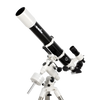 All
All
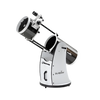 Dobson
Dobson
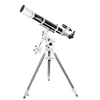 Refractors
Refractors
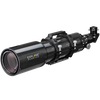 Ed & Apochromates
Ed & Apochromates
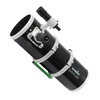 Newtonian reflector
Newtonian reflector
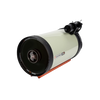 Schmidt Cassegrain
Schmidt Cassegrain
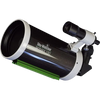 Maksutov-Cassegrain
Maksutov-Cassegrain
 Solar
Solar
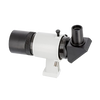 Researcher
Researcher
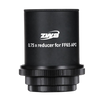 Focal reducer
Focal reducer
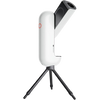 Intelligent
Intelligent
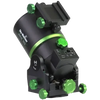 All
All
 Equatorial
Equatorial
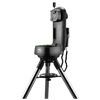 Alt/Az
Alt/Az
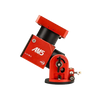 Harmonic
Harmonic
 Tripods
Tripods
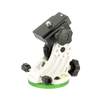 Accessories
Accessories
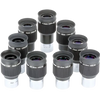 All
All
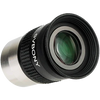 Wide angle
Wide angle
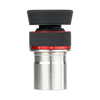 Zoom eyepieces
Zoom eyepieces
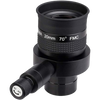 Reticulated eyepieces
Reticulated eyepieces
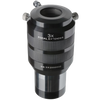 Barlow
Barlow
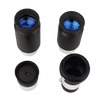 Plössl
Plössl
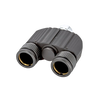 Binoculars
Binoculars
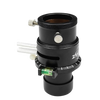 Atmospheric Corrector
Atmospheric Corrector
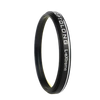 All
All
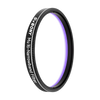 Visual
Visual
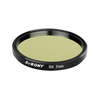 Photo
Photo
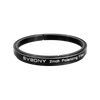 Polarisants
Polarisants
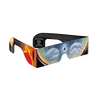 Solar Filters
Solar Filters
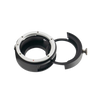 Accessories
Accessories
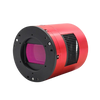 All
All
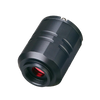 Color Cameras
Color Cameras
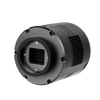 Monochrome Cameras
Monochrome Cameras
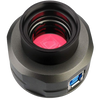 Planetary/Guiding
Planetary/Guiding
 Objectives
Objectives
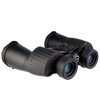 All
All
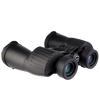 Binoculars
Binoculars
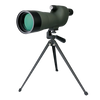 Spotting Scope and Monocular
Spotting Scope and Monocular
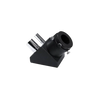 Elbows
Elbows
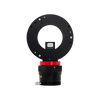 Optical Divider
Optical Divider
 Mirrors
Mirrors
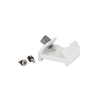 All
All
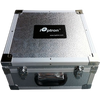 Bags and protections
Bags and protections
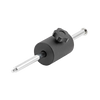 Supports and counterweights,
Supports and counterweights,
 Camera adapters
Camera adapters
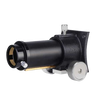 Focuser
Focuser
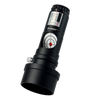 Collimation
Collimation
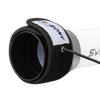 Heating band
Heating band
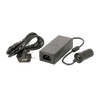 Cables
Cables
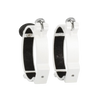 Collars
Collars
 Computers
Computers
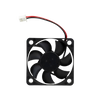 Fans
Fans
 Others
Others
 All
All
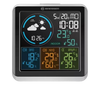 Weather Station
Weather Station
 Thermometer
Thermometer
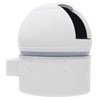 All
All
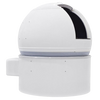 Observatory/Domes
Observatory/Domes
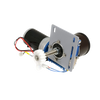 Accessories
Accessories
 Askar
Askar
 Baader
Baader
 Bresser
Bresser
 Celestron
Celestron
 Explore Scientific
Explore Scientific
 GSO
GSO
 Optolong
Optolong
 Touptek
Touptek
 Vixen
Vixen
 ZWO
ZWO